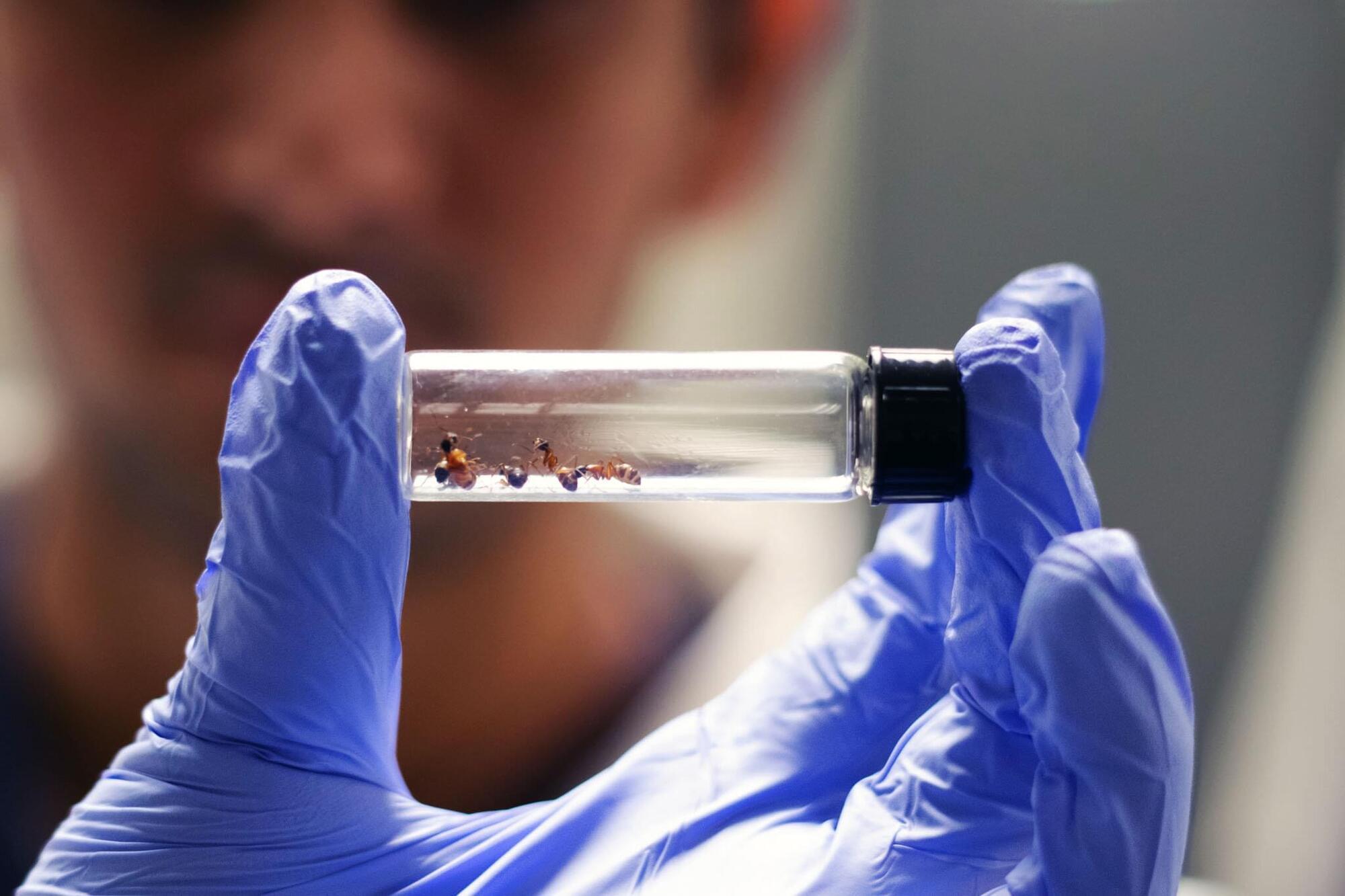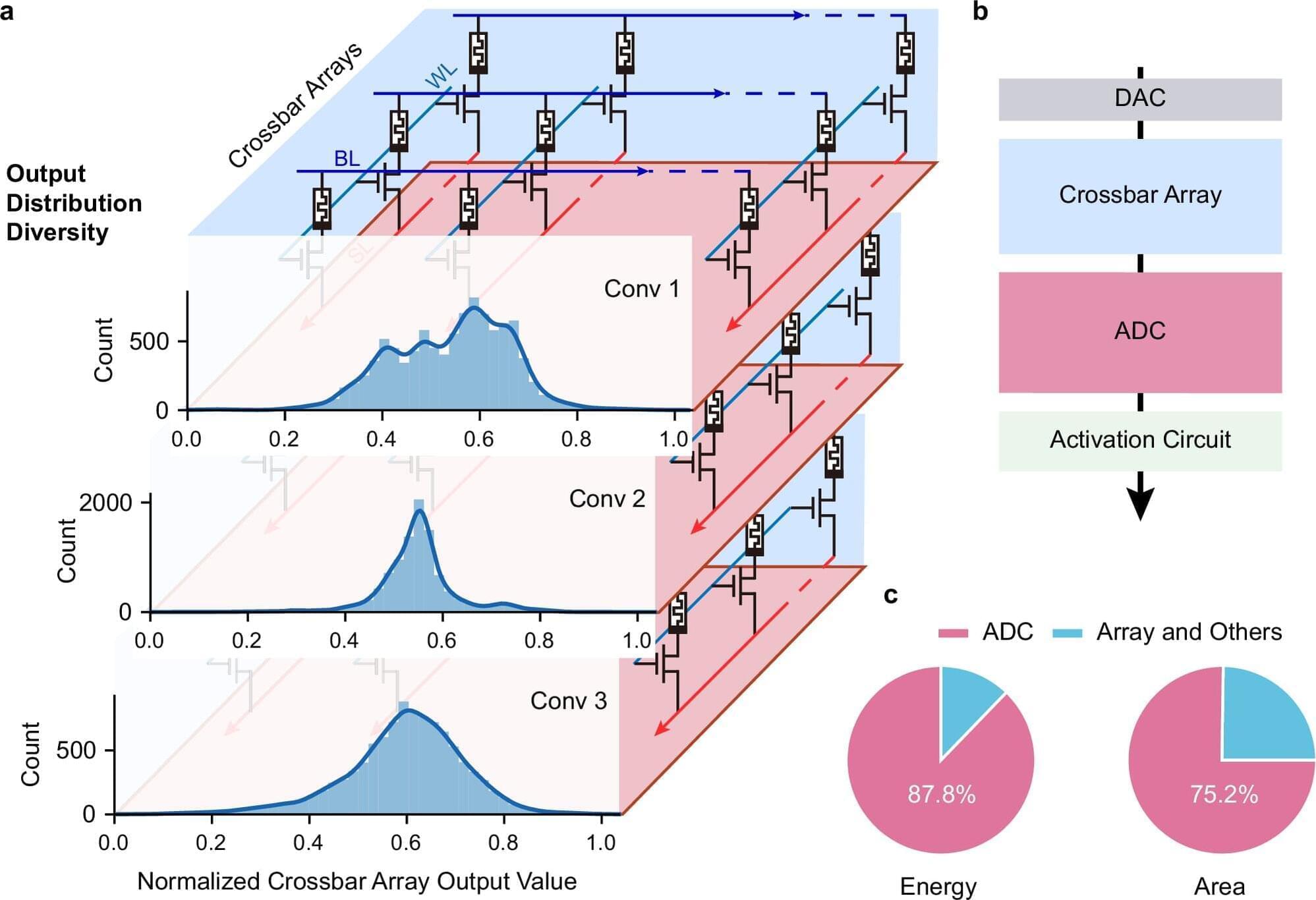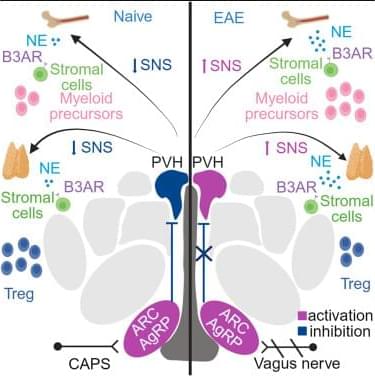Has a crucial component to the development of human medicine been hiding under our feet? Auburn University Assistant Professor of Entomology Clint Penick and a team of graduate students may have found that ants are far ahead of humans in antibiotic innovation. “In our study, we tested how ants use antibiotic compounds to fight off pathogens and asked why their chemical defenses remain effective over evolutionary time,” Penick said.
“Humans have relied on antibiotics for less than a century, yet many pathogens have already evolved resistance, giving rise to ‘superbugs.’ Ants, by contrast, have been using antibiotics for tens of millions of years, and they might hold the key to using these powerful drugs more wisely.”
Ants as a source of antibiotics The team looked at just six ant species, all found easily in the Southeastern United States.









